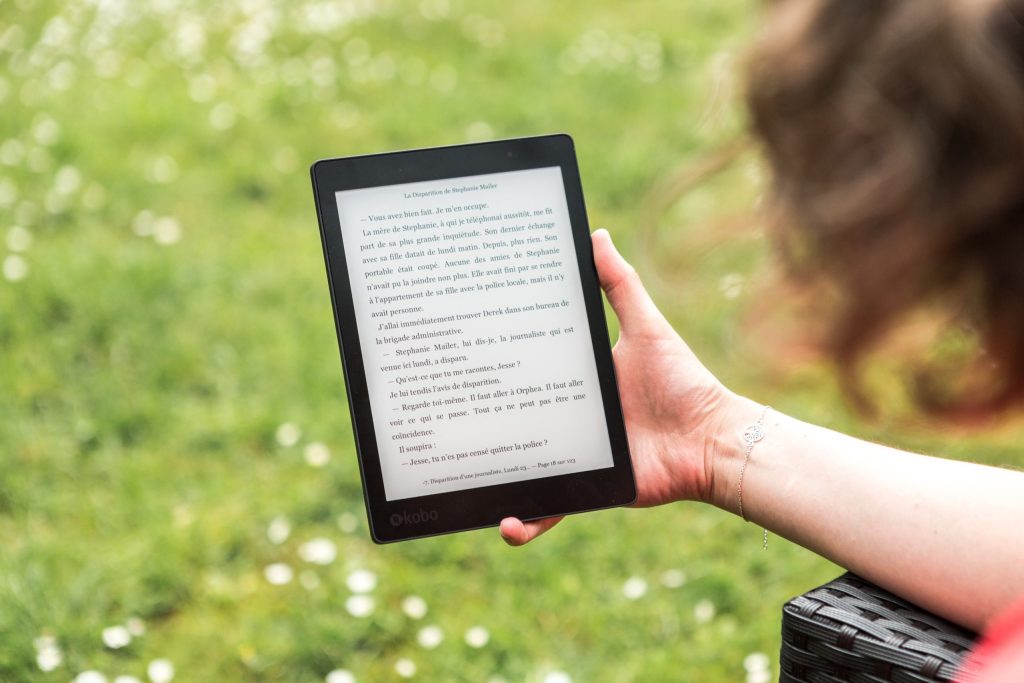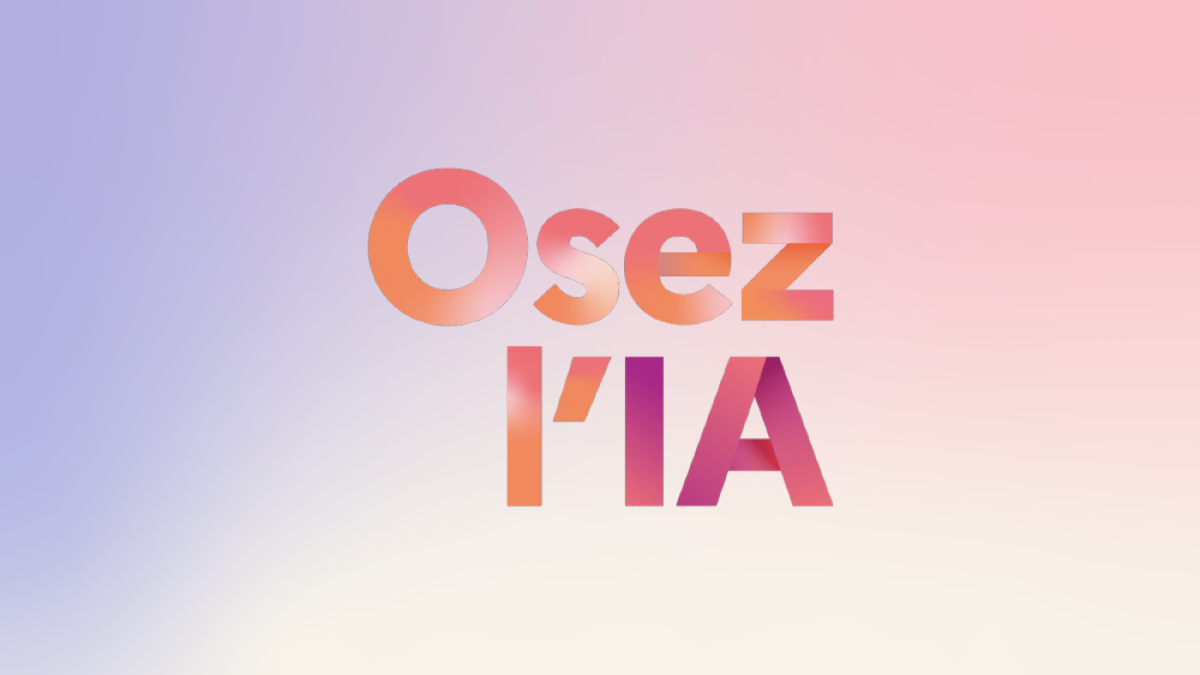Par Susanne Bergmann
Pour Laurent Boudreault, personne-ressource au Service national du RÉCIT, domaine des langues, il est important pour les enseignants de français (mais aussi les autres) d’amener les élèves à prendre conscience de leur propre culture et de les mettre en relation avec une variété d’objets culturels. C’est ainsi qu’il leur sera possible de se bâtir des repères culturels à leur image.
Dans le Référentiel de compétences professionnelles – Profession enseignante, la Compétence 1 est « Agir en tant que médiatrice ou médiateur d’éléments de culture ». La culture devrait donc occuper un rôle central en classe. Selon Johanne Proulx, également personne-ressource au Service national du RÉCIT, domaine des langues, tout peut être sujet de culture, car la culture est partout! Pour elle, c’est le point de départ. Ensuite, il faut tenir compte du fait que chaque élève a sa propre culture et ses repères culturels avant d’entrer en classe.
M. Boudreault ajoute que le contact avec différents objets culturels devrait donc viser « à mener une réflexion susceptible de changer notre vision du monde qui nous entoure ». « Le défi est d’emmener les élèves à faire des liens entre les objets culturels avec lesquels ils sont mis en contact dans le milieu scolaire ET les objets culturels avec lesquels ils sont en relation quotidiennement. »
Faire des liens
Et comment créer ces liens entre la culture individuelle de l’élève et la culture transmise par l’école? Il est possible de travailler à partir de différentes œuvres littéraires, imprimées ou numériques. Pour ceux qui veulent travailler avec des livres numériques, la plateforme SAMUEL et la bibliothèque scolaire Biblius sont de bons points de départ.
À partir d’un roman, par exemple, les élèves peuvent retrouver des repères culturels (nom, lieu, etc.) et les associer avec d’autres repères culturels déjà connus de leur part ou avec de nouveaux repères qu’ils pourraient découvrir. Pour présenter les liens de façon imagée, il est possible de faire réaliser des cartes mentales ou des collages numériques par les élèves. « Cette mise en réseau encourage le développement de leurs compétences informationnelles et littéraires tout en les amenant à construire leur représentation de différents univers culturels. »
Il s’agit alors de représenter sous forme de réseaux de sens les liens établis entre différentes œuvres proposées ou entre les éléments d’une œuvre et le contexte actuel. Voici un exemple de carte mentale faite à partir de La Curée, un roman d’Émile Zola, et d’autres exemples à partir de diverses œuvres, présentés par le Service national du RÉCIT, domaine des langues.
Johanne Proulx et Laurent Boudreault ont présenté un atelier sur le sujet lors du congrès de l’Association québécoise des professeurs de français (AQPF) à l’automne 2022. Leur présentation est disponible ici : Construire ses repères culturels à l’ère du numérique. Elle peut être adaptée par ceux qui désirent l’utiliser dans leur milieu.






